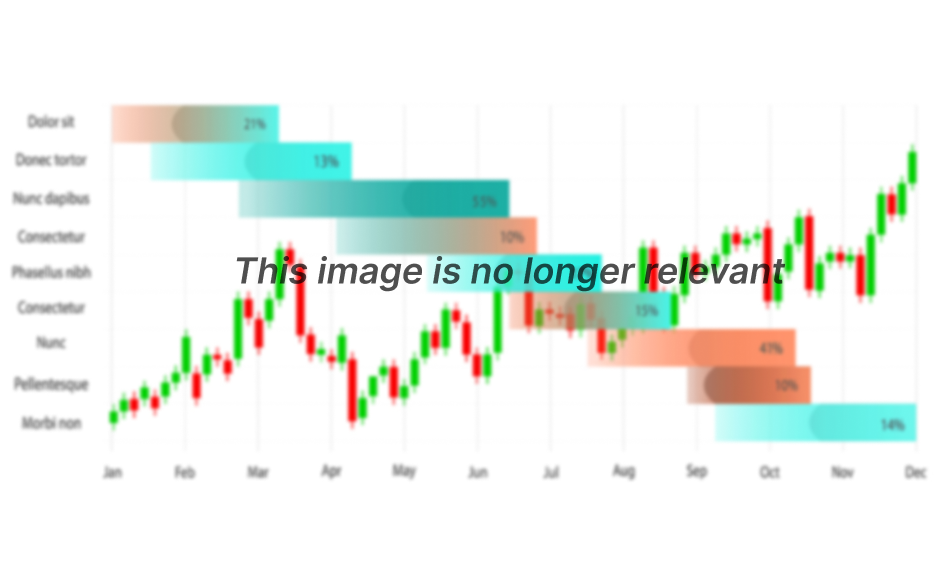To open long positions on GBP/USD, you need:
Yesterday, only one signal was formed to buy the pound in the first half of the day. Let's look at the 5-minute chart and analyze the entry point. The lack of important fundamental reports made traders think about taking profits on short positions in GBP/USD. It is clear that after the 1.3860 level was tested from the bottom up, the bears did not even try to protect it. Then there was a reverse test of this area from top to bottom, which resulted in creating an excellent entry point into long positions. But even if you did not have time to enter the market, you could always do it when bears fail to pull down the pair below 1.3860. After that, the pair rushed to the 1.3931 area, falling just 5 points short of this level. I advised to sell the pound immediately on the rebound from the 1.3931 level, but the test did not take place, as well as the entry into short positions.

Important fundamental statistics on the UK will not be released today, so a breakthrough and settling above resistance (1.3919) will create a convenient entry point for long positions and will result in sustaining the pair's upward correction. Testing this level from above will bring back new GBP/USD buyers to the market for the purpose of rising to the resistance of 1.3995, where I recommend taking profits. The succeeding target will be the high of 1.4062. In case the pound falls in the first half of the day, then it would be best to wait for a false breakout to form at the support level of 1.3855, which was the upper border of the horizontal channel yesterday. There are also moving averages that play on the side of buyers. Only then will you be able to open long positions. If buyers are not active in the 1.3855 area, then I recommend holding back from long positions until the 1.3796 low has been tested, counting on a rebound of 30-35 points within the day.
To open short positions on GBP/USD, you need:
The initial task is to form a false breakout in the resistance area of 1.3919. This scenario will bring new sellers back to the market, hoping that the pair will fall to the support area of 1.3855. An equally important goal is to surpass and test this level from the bottom up, which creates an additional entry point into short positions for the purpose of reaching a low like 1.3796, where I recommend taking profits. Falling below this level will lead to the demolition of a number of buyers' stop orders and will open a direct road to the lows of 1.3732 and 1.3680. You can only count on such a movement in the second half of the day after the US inflation report is released. If bears are not active in the 1.3919 area, then it is best not to rush to sell. I recommend opening short positions immediately on a rebound but only from a high like 1.3995, counting on a downward correction of 30-35 points within a day. The next major area of resistance is seen around 1.4062.

The Commitment of Traders (COT) report for March 2 reduction in both short and long commercial positions. Closing short positions turned out to be stronger, which led to an increase in the positive delta. And although the growth in the yield of US bonds is providing serious support to the US dollar at the moment, in the medium term, bulls can only use the pair's correction in order to enter the market at more attractive prices. The anticipation of a quarantine rollback in March this year will support the pound, so will new measures to help the UK population in the fight against the coronavirus pandemic, recently announced by Treasury Secretary Rishi Sunak. Long non-commercial positions declined from 68,266 to 65,138. At the same time, short non-commercials fell from 37,288 to 29,056, which retains good prospects for the pound's succeeding growth. As a result, the non-commercial net position rose to 36,082 from 30,978 a week earlier. The weekly closing price was 13,928 against 14,067. The downward correction in the pound will attract new buyers.
Indicator signals:
Moving averages
Trading is carried out in the area of 30 and 50 moving averages, which indicates the buyers' attempt to continue the upward correction.
Note: The period and prices of moving averages are considered by the author on the H1 hourly chart and differs from the general definition of the classic daily moving averages on the daily D1 chart.
Bollinger Bands
A breakout of the upper border of the indicator in the 1.3919 area will lead to an increase in the British pound. A breakout of the lower border of the indicator in the 1.3855 area will increase the pressure on the pair.
Description of indicators
- Moving average (moving average, determines the current trend by smoothing out volatility and noise). Period 50. It is marked in yellow on the chart.
- Moving average (moving average, determines the current trend by smoothing out volatility and noise). Period 30. It is marked in green on the chart.
- MACD indicator (Moving Average Convergence/Divergence — convergence/divergence of moving averages) Quick EMA period 12. Slow EMA period to 26. SMA period 9
- Bollinger Bands (Bollinger Bands). Period 20
- Non-commercial speculative traders, such as individual traders, hedge funds, and large institutions that use the futures market for speculative purposes and meet certain requirements.
- Long non-commercial positions represent the total long open position of non-commercial traders.
- Short non-commercial positions represent the total short open position of non-commercial traders.
- Total non-commercial net position is the difference between short and long positions of non-commercial traders.













